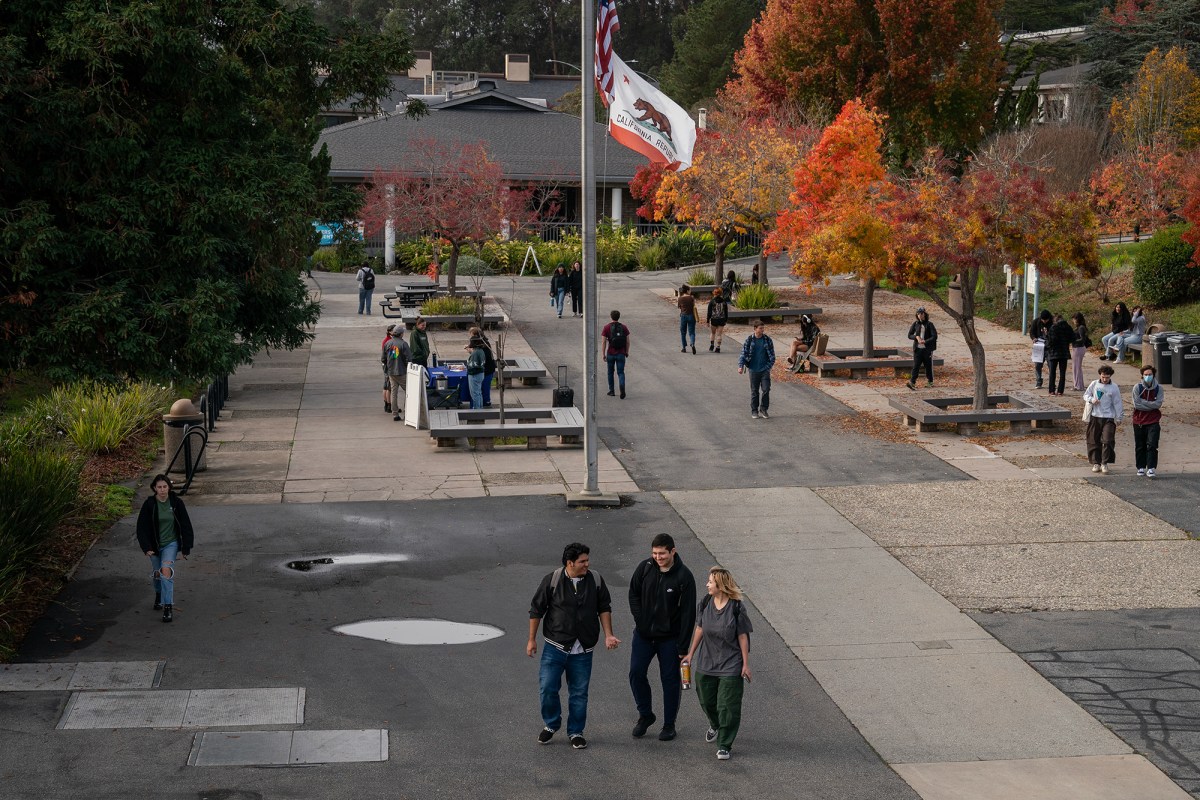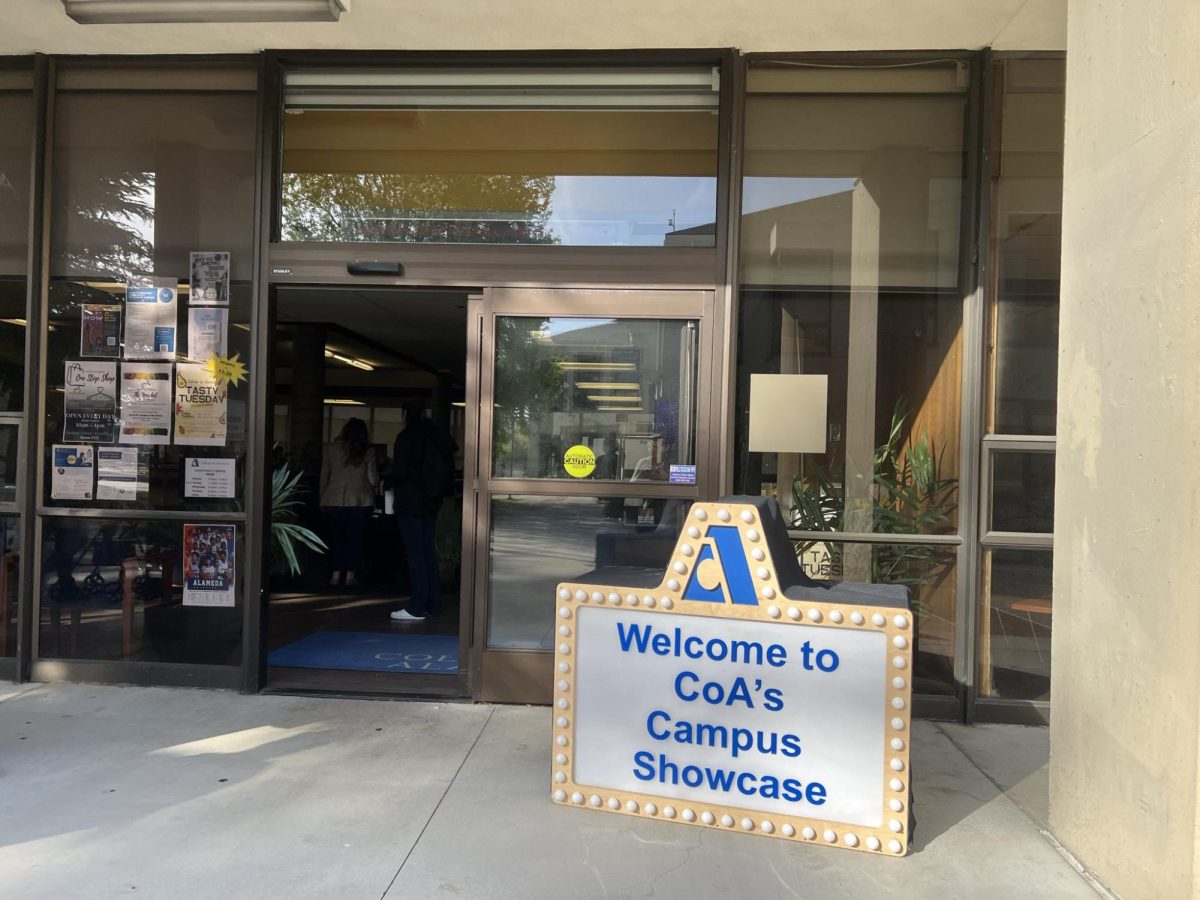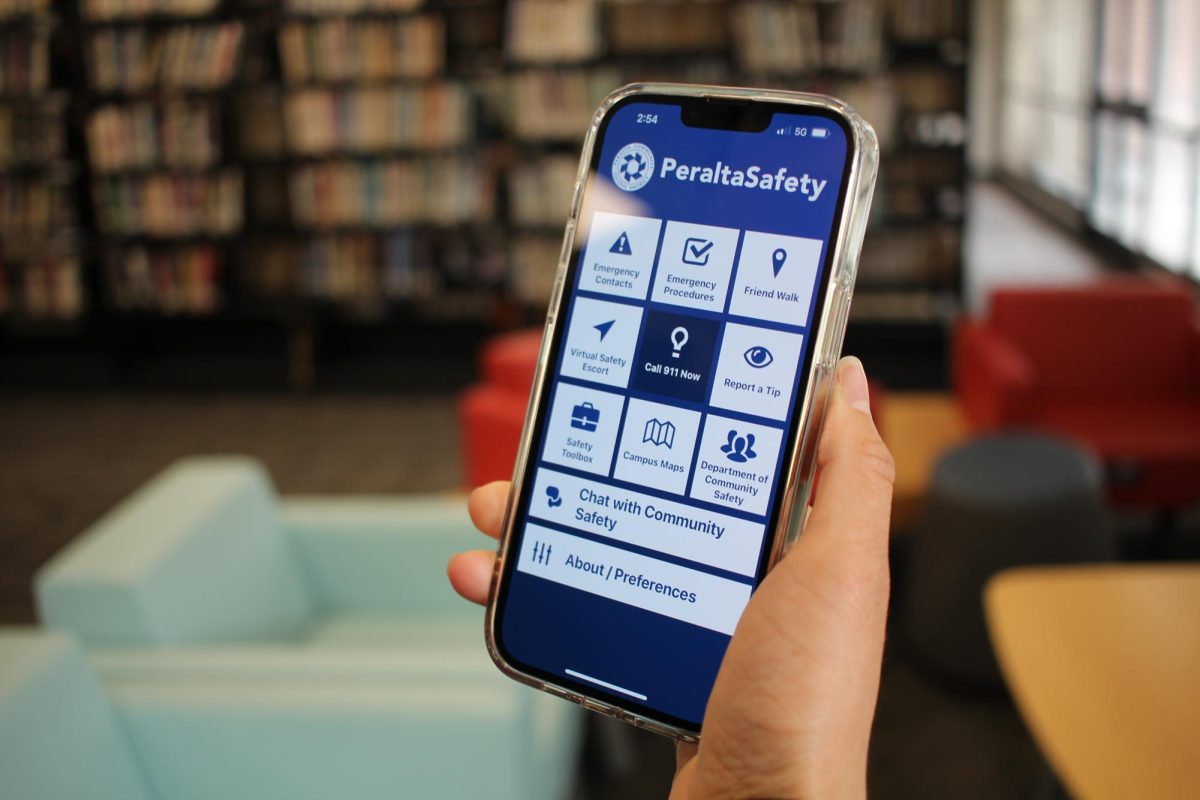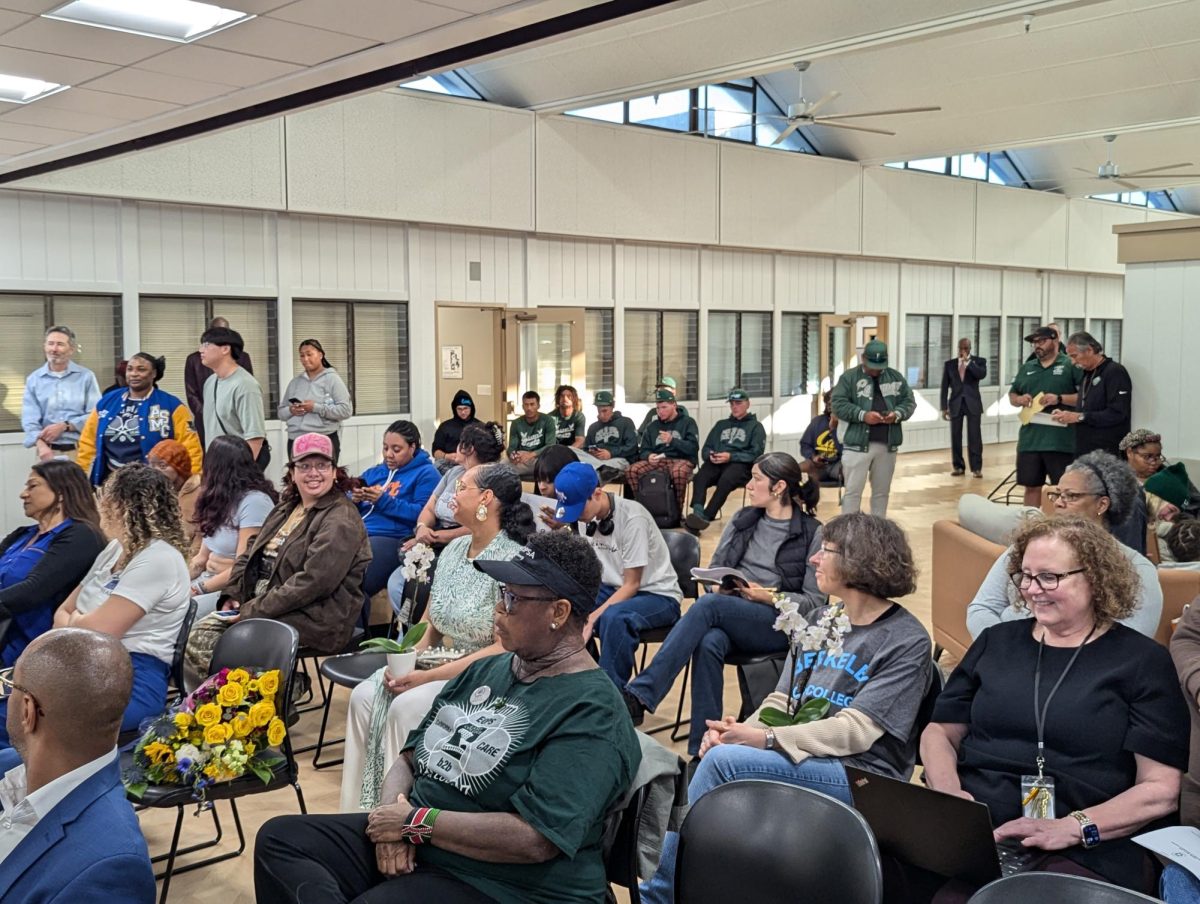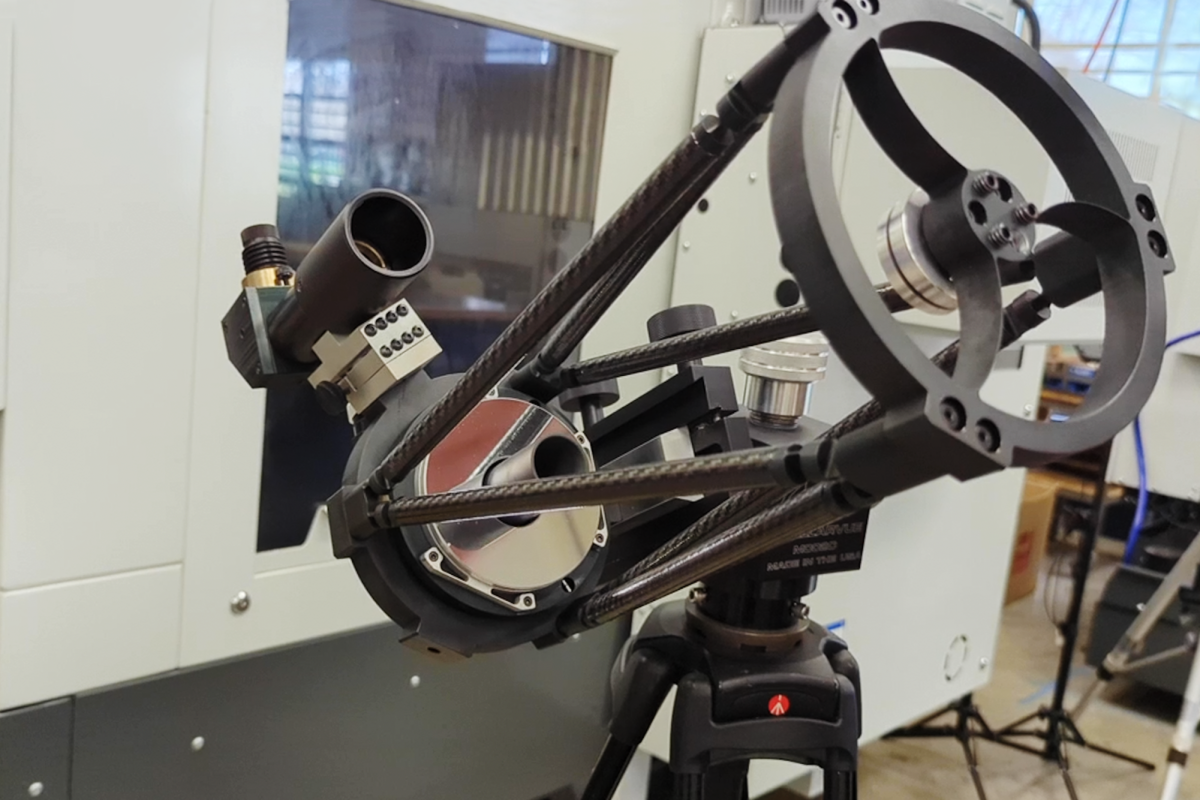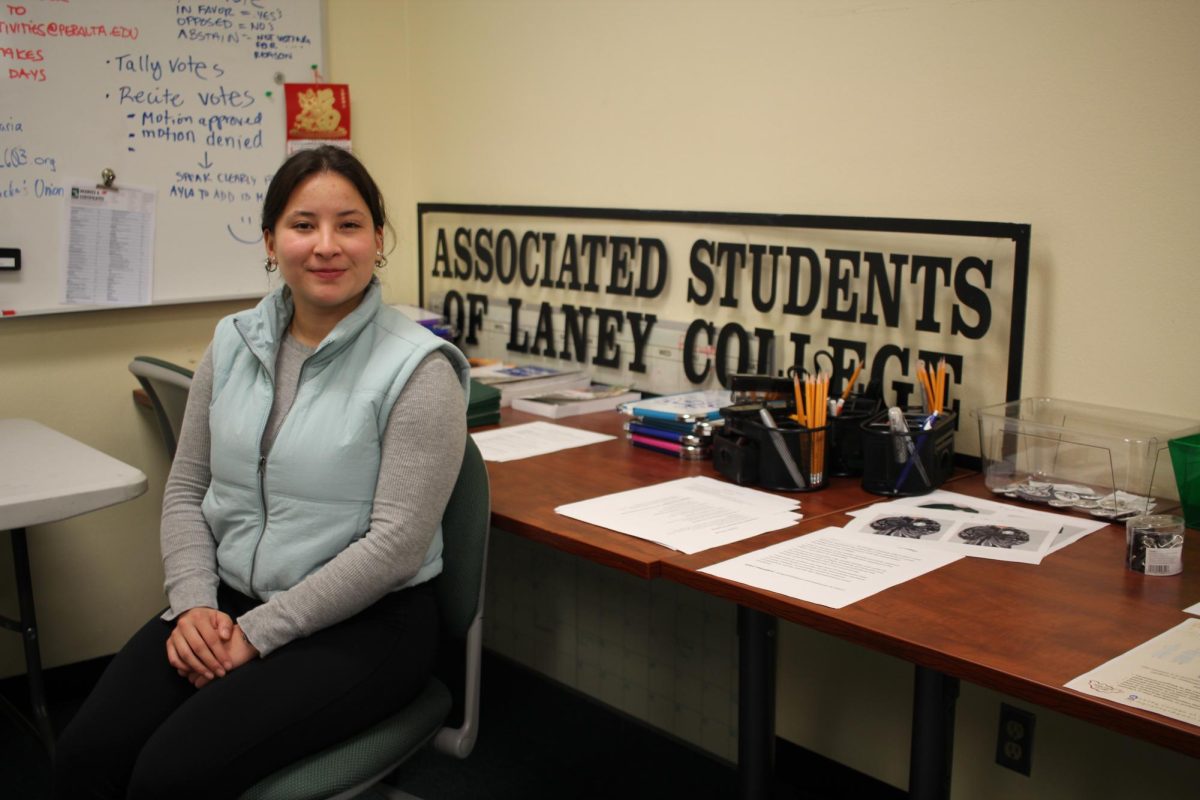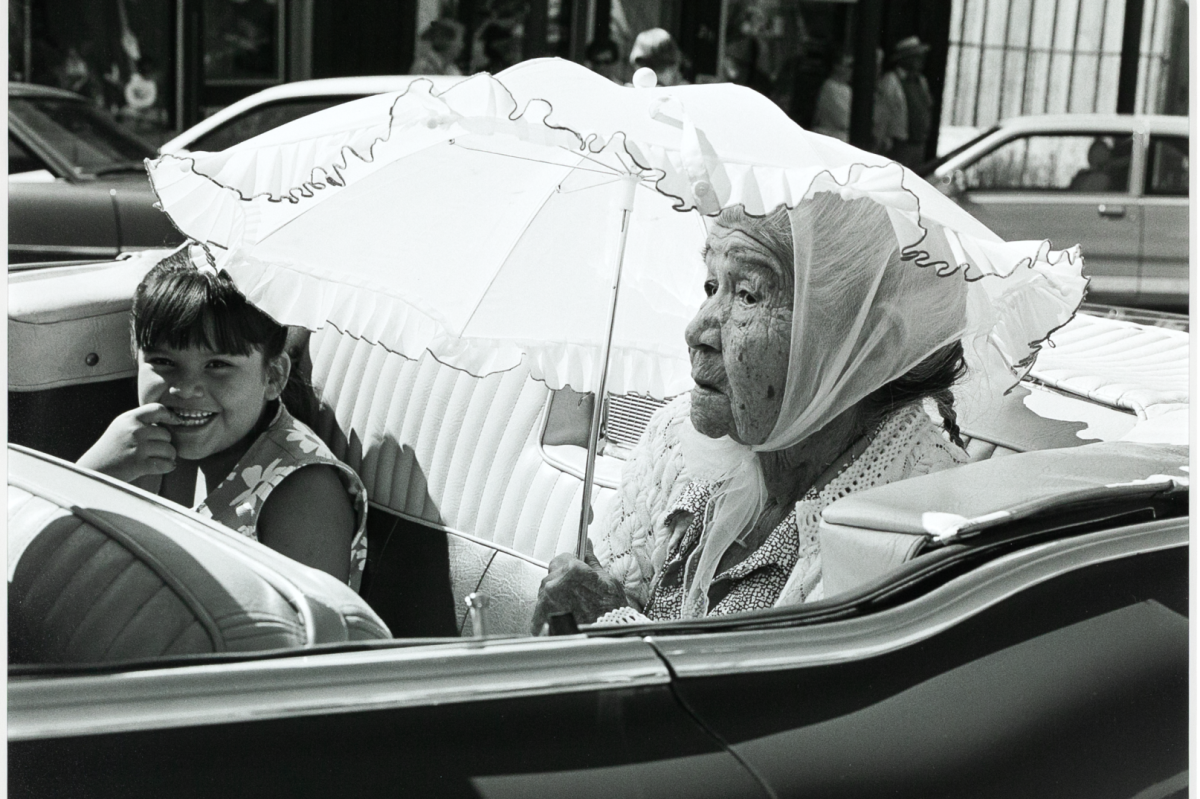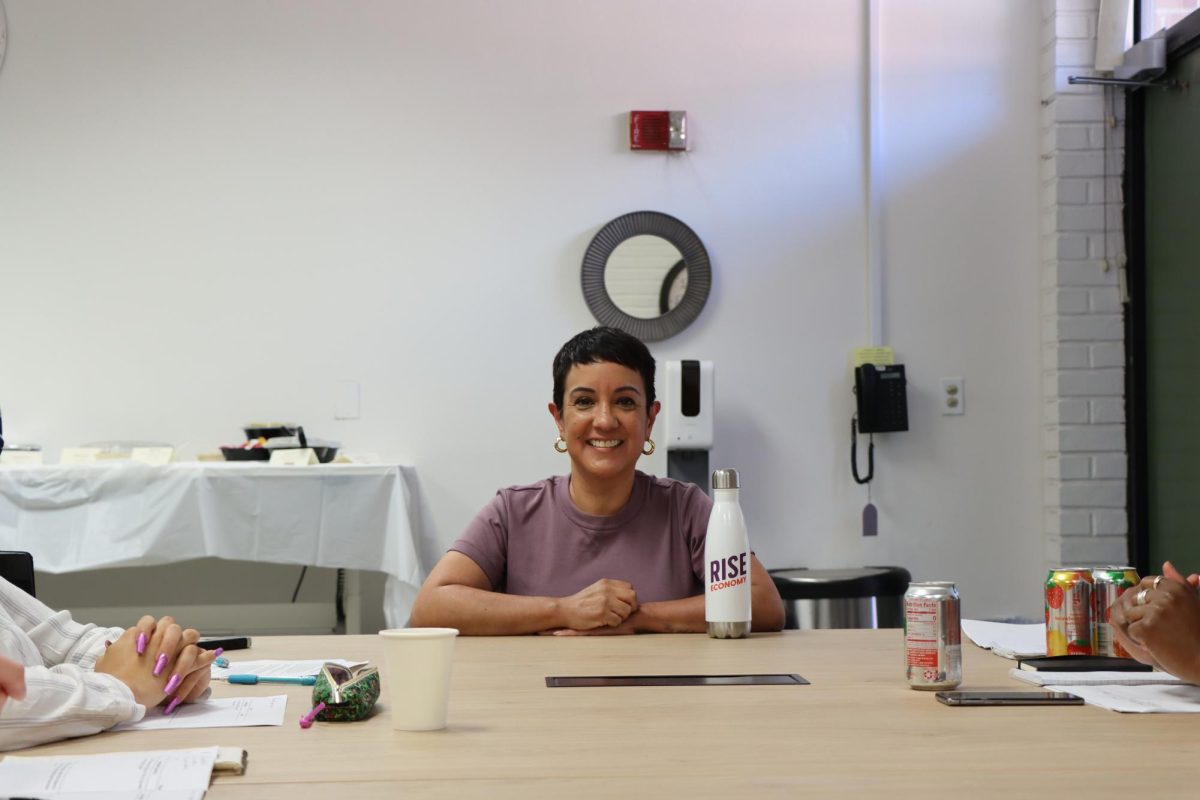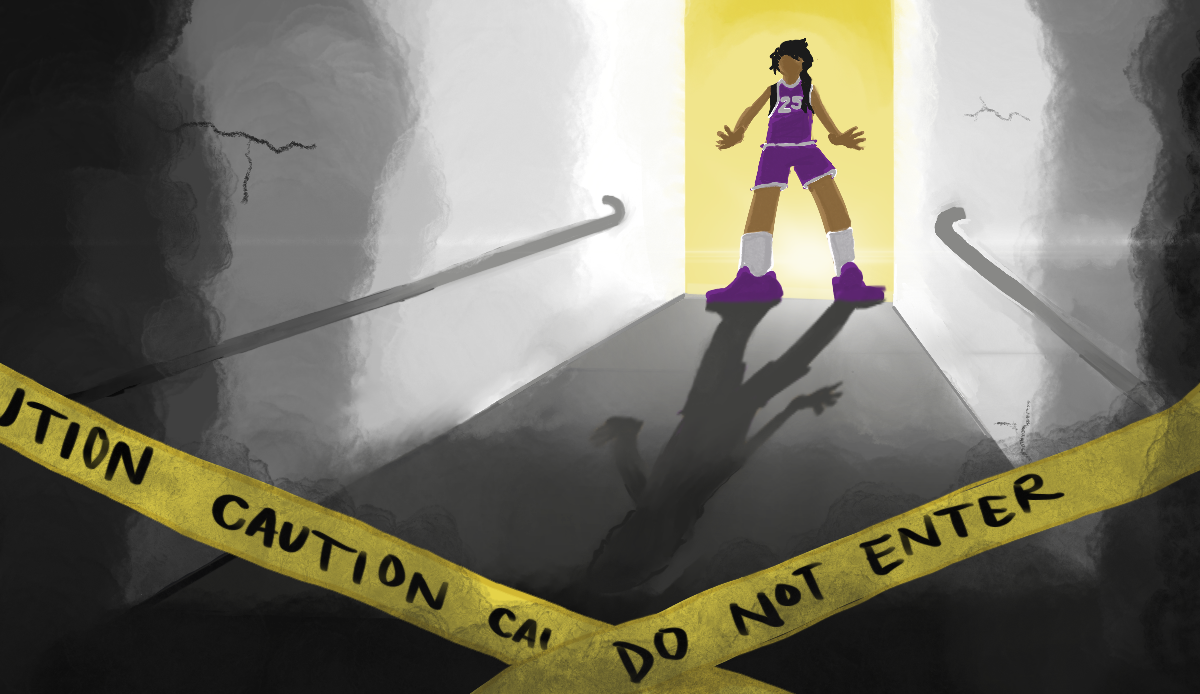It is a source of unending sadness to me that many of those struggling every day with brain and nervous system conditions believe help is out of reach. Often they are told they need money they don’t have, or specialized practitioners are not available in their area, or that they’ll just have to learn to live with the problem, because nothing can be done.
My own experience says otherwise. Thanks to the increasing volume of new brain research, the proliferation of books and websites sharing important information, and the many brain pioneers who are developing programs and spreading the word, anyone with an internet connection and high school reading ability can access free or low-cost information and tools that improve brain and nervous system function.
Here I share with you many of the tools and other resources I’ve found most helpful in my own journey.
Books on Neuroplasticity
Soft-Wired (Michael Merzenich)
The Brain Always Wins (Sullivan & Parker)
Balance is Power (Jim Klopman)
Move Into Life (Anat Baniel)
Movement that Heals (Blomberg & Dempsey)
The Rhythmic Movement Method (Harald Blomberg)
Websites with info or tools supporting Neuroplasticity
Anat Baniel (Feldenkrais-based Neuromovement)
Feldenkrais & related modalities
→ See the Resources section of this article on movement and the brain: “Use the right kind of movement to change your brain function.”
Jim Klopman (balance training)
“Perry: Rhythm Regulates the Brain” (11 April 2014)
Bruce Perry, MD
Rhythmic Movement + Reflex Integration
→ RMTi (Rhythmic Movement Training International)
→ BMRT (Blomberg Rhythmic Movement)
→ Move, Play, Thrive
→ Retrain the Brain
BrainHQ
→ Created by the “father of Neuroplasticity,” Michael Merzenich. The only computer-based training I recommend.
Youtube has many interesting videos that discuss neuroplasticity. These names are good ones to start with:
→ Michael Merzenich, PhD
→ Daniel Amen, MD
→ Anat Baniel + “9 Essentials”
→ Brain Gym
Polyvagal Theory
Videos
These videos offer a good intro to the polyvagal theory. The first one (Nerd Nite) is quite entertaining. The others are with Stephen Porges, the scientist who first presented the theory in the mid-1990s.
The Polyvagal Theory: The New Science of Safety and Trauma
Nerd Nite — Nov 3, 2017 (Seth Porges)
Dr. Stephen Porges: What is the Polyvagal Theory
Stephen Porges — Polyvagal Theory: how your body makes the decision
Books
The Polyvagal Theory in Therapy: Engaging the Rhythm of Regulation
by Deb A. Dana
→ Very readable intro to the polyvagal theory, with great suggestions anyone can use to better regulate their nervous system.
Accessing the Healing Power of the Vagus Nerve: Self-Help Exercises for Anxiety, Depression, Trauma, and Autism
by Stanley Rosenberg
→ Really good book on how the polyvagal theory can apply to bodywork. Includes exercises anyone can do that stimulate the ventral vagus and the other cranial nerves that form the social engagement system.
The Pocket Guide to the Polyvagal Theory: The Transformative Power of Feeling Safe
by Stephen W. Porges
→ Thorough (yet readable) discussion of all aspects of the theory.
Anyone with questions about these resources or about my articles on changing your brain and nervous system is welcome to contact me at bavx-at-daytree.net.

